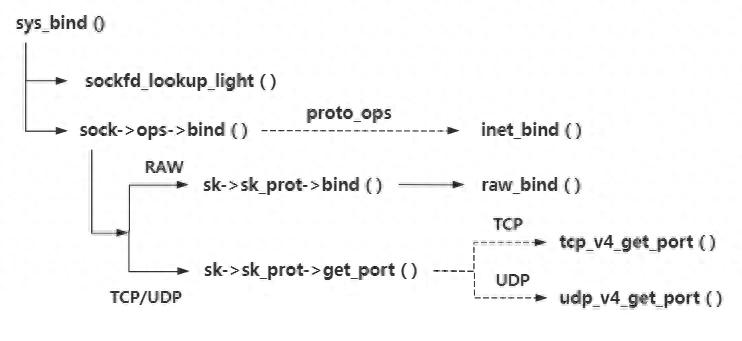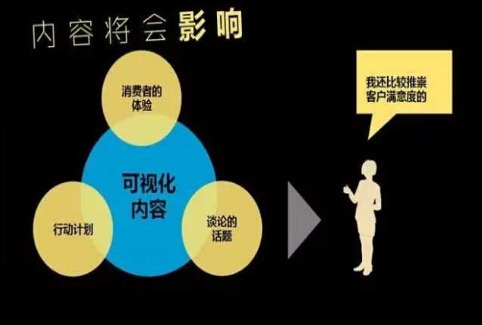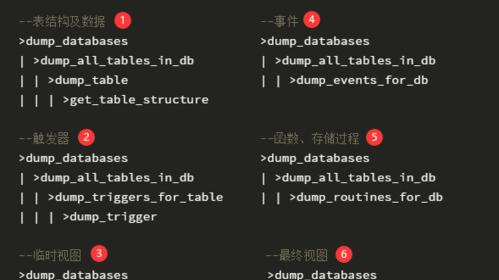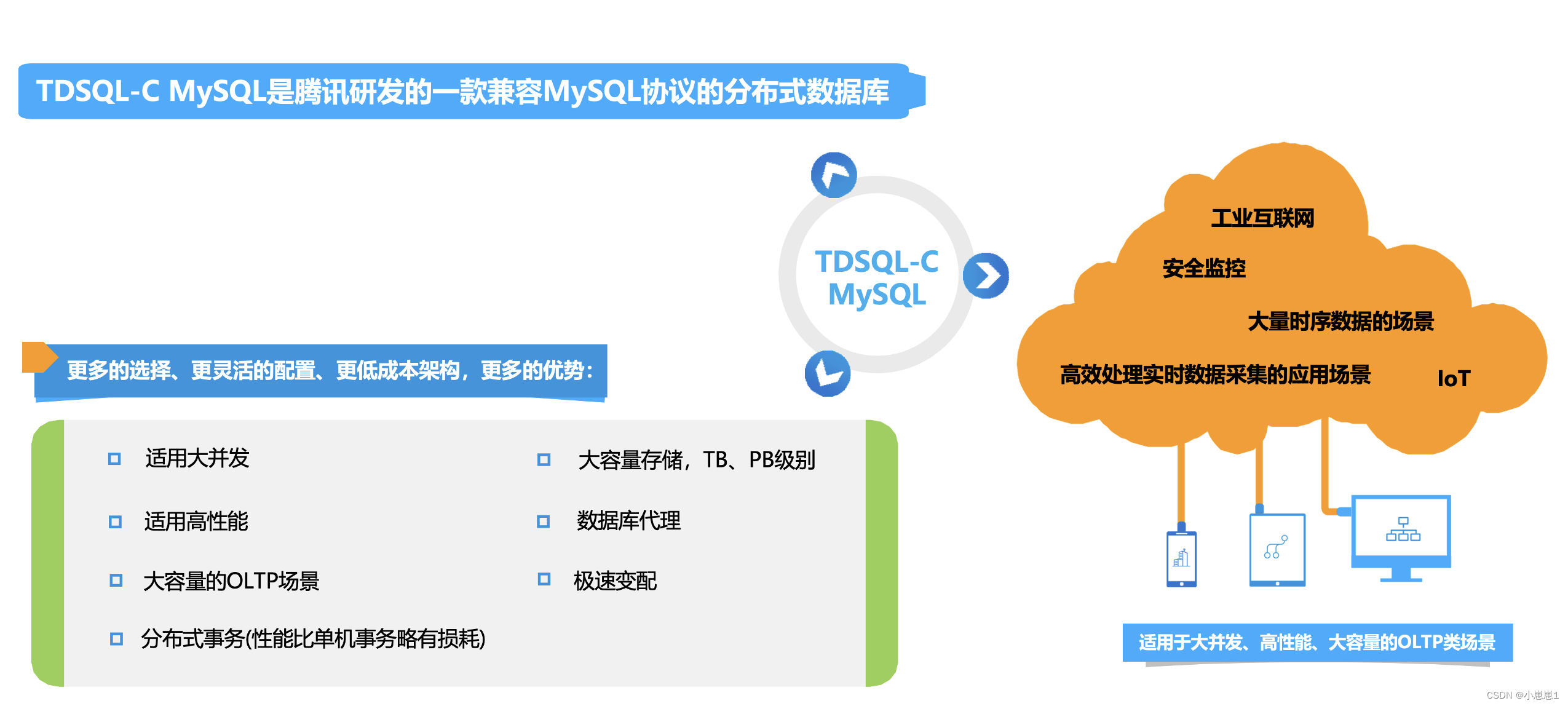bind方法
- 行业动态
- 2025-04-09
- 6
bind方法
在JavaScript中,bind() 是一个非常重要的函数方法,它允许我们显式地绑定函数的 this 值,并可以预先设置部分参数,理解 bind() 的用法和原理,能帮助我们更好地控制函数执行时的上下文,避免 this 指向的混乱问题。
bind() 的基本语法
bind() 方法的语法如下:
function.bind(thisArg[, arg1[, arg2[, ...]]])
thisArg:绑定函数运行时this的值。arg1, arg2, ...(可选):预先传递给函数的参数。
bind() 会返回一个新的函数,这个函数的 this 值被固定为 thisArg,并且可以预先传入部分参数。
bind() 的核心作用
(1)绑定 this 的值
在JavaScript中,函数的 this 值取决于调用方式,如果不使用 bind(),this 可能会指向全局对象(如 window)或 undefined(严格模式下)。bind() 可以确保 this 指向我们期望的对象。
示例:

const person = {
name: "Alice",
greet: function() {
console.log(`Hello, ${this.name}!`);
}
};
const greetFunc = person.greet;
greetFunc(); // 输出:Hello, undefined!(this指向全局对象或undefined)
const boundGreet = greetFunc.bind(person);
boundGreet(); // 输出:Hello, Alice!(this被绑定到person)
(2)预先设置参数(部分应用函数)
bind() 不仅可以绑定 this,还可以预先传入部分参数,返回的新函数只需传入剩余的参数即可执行。
示例:
function multiply(a, b) {
return a * b;
}
const double = multiply.bind(null, 2); // 预先绑定a=2
console.log(double(5)); // 输出:10(相当于 multiply(2, 5))
bind() 与 call()、apply() 的区别
bind()、call() 和 apply() 都可以改变函数的 this 指向,但它们的执行方式不同:
call():立即调用函数,并逐个传入参数。apply():立即调用函数,并以数组形式传入参数。bind():不立即调用函数,而是返回一个新的绑定函数,可稍后调用。
对比示例:
function introduce(greeting, punctuation) {
console.log(`${greeting}, I'm ${this.name}${punctuation}`);
}
const user = { name: "Bob" };
// call() 立即执行
introduce.call(user, "Hi", "!"); // 输出:Hi, I'm Bob!
// apply() 立即执行(参数以数组传递)
introduce.apply(user, ["Hello", "."]); // 输出:Hello, I'm Bob.
// bind() 返回新函数,稍后调用
const boundIntroduce = introduce.bind(user, "Hey");
boundIntroduce("?"); // 输出:Hey, I'm Bob?
实际应用场景
(1)事件处理函数中的 this 绑定
在DOM事件处理中,回调函数的 this 默认指向触发事件的元素,如果我们希望 this 指向某个对象,可以使用 bind()。
class ButtonHandler {
constructor() {
this.message = "Button clicked!";
document.querySelector("button").addEventListener("click", this.handleClick.bind(this));
}
handleClick() {
console.log(this.message); // 正确输出:Button clicked!
}
}
new ButtonHandler();
(2)函数柯里化(Currying)
bind() 可用于函数柯里化,即把一个多参数函数转换成一系列单参数函数。
function add(a, b, c) {
return a + b + c;
}
const addFive = add.bind(null, 2, 3); // 预先绑定a=2, b=3
console.log(addFive(4)); // 输出:9(相当于 add(2, 3, 4))
注意事项
bind()返回的函数无法再次修改this:即使使用call()或apply(),也无法改变已绑定的this。- 箭头函数不能使用
bind():箭头函数的this由外层作用域决定,bind()对其无效。
bind() 是JavaScript中控制函数 this 指向的强大工具,适用于:
- 确保函数执行时的
this指向正确。 - 预先设置参数,实现部分应用函数或柯里化。
- 在事件监听、回调函数等场景中固定上下文。
掌握 bind() 的用法,能让代码更加灵活和可维护。
引用说明:本文参考了MDN Web Docs关于 bind() 的官方文档,并结合实际开发经验整理而成。
















